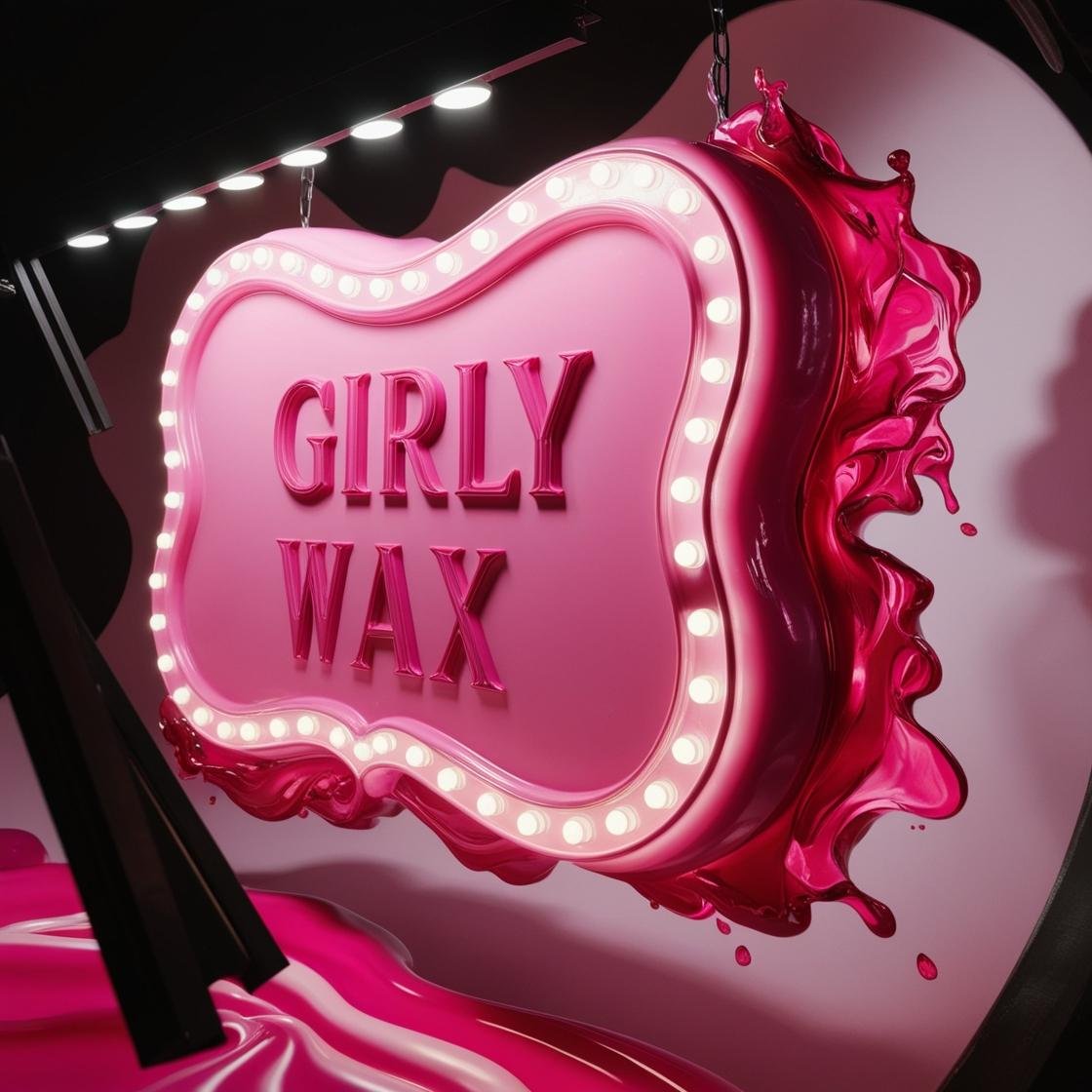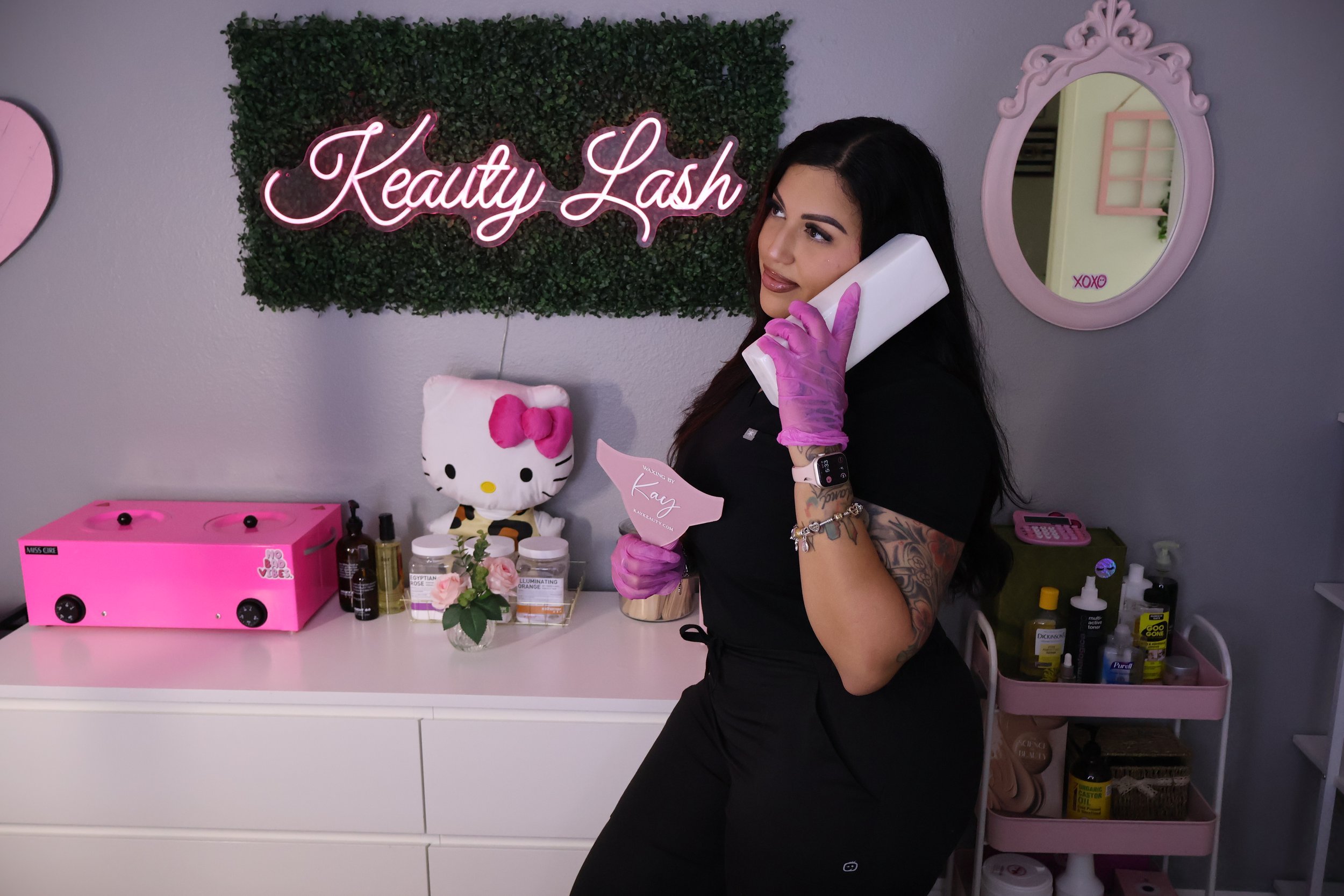Body Waxing Questions Real People Actually Ask, And We Actually Answer.
Body waxing is about navigating all the questions, no one tells you how to ask. Maybe you’re wondering if it’s okay to get waxed on your period, or how long your skin will stay smooth. Maybe you’re stressed about being totally exposed, or confused about what kind of aftercare your skin really needs. This page exists to answer the questions clients type in late at night when they're nervous, curious, or prepping for their first appointment.
If you’ve ever found yourself searching for something like what to expect during your first wax, this is the place to start.

Body waxing means removing hair from the root using either soft or hard wax, and it’s something people do for way more reasons than just aesthetics. For some, it’s part of their monthly rhythm—like keeping underarms smooth between workouts or booking a Brazilian before a beach trip. Others turn to waxing because shaving leads to bumps, itchiness, or hair that feels like it’s back the next day. Choosing waxing often comes down to wanting smoother skin with fewer maintenance headaches, especially in warmer seasons when shorts and swimsuits come into play. If you're weighing options, here’s what makes waxing different from shaving, and if you're feeling unsure about the process itself, this guide to prepping for your first wax covers everything from hair length to what to wear.
Why People Choose Body Waxing and What It Actually Means.
Before You Wax: Real Prep Questions (From People Who’ve Definitely Googled Them)
-
You usually don’t need to trim at all, your esthetician will handle that if it’s necessary. A good rule of thumb is to let the hair be about the length of a grain of rice (around ¼ inch). Trimming too short can actually make it harder for the wax to grip, which means more tugging and less clean results. If you’re unsure, it’s always safer to leave it alone.
-
Definitely shower but keep it simple. A quick, lukewarm rinse is perfect to freshen up and soften the skin, but avoid hot water, exfoliants, or scented body products right before your appointment. Over-cleansing can make your skin more sensitive to the wax. (If you’re prone to irritation, our waxing safety guide covers a few extra things to skip.)
-
Yes, especially after. Working out post-wax can lead to sweat and friction in freshly waxed areas, which can cause irritation or ingrown hairs. Try to schedule your wax for a rest day, or plan your workout a few hours before your appointment so your skin has time to cool off. That includes skipping sauna sessions and steamy showers, too. (More tips in our aftercare overview.)
Waxing Boundaries We Don’t Cross (And Why That Matters)
-
If your skin is actively inflamed, broken, or infected, no, we won’t wax over it. Waxing over compromised skin puts you at risk for further infection, delayed healing, and serious discomfort. This includes rashes, open cuts, ingrown cysts, and anything that looks like it hasn’t fully healed.
-
If you're visibly intoxicated or under the influence, we’re not moving forward. It’s a safety issue for you and for us. Substances can affect your pain tolerance, consent clarity, and skin response, and that’s not a risk we’re willing to take.
-
Nope, never without guardian consent. Anyone under 18 needs a parent or legal guardian present, both for safety and legal protection. Even if it’s “just a brow cleanup,” it’s still a professional service involving touch, consent, and skin integrity.
What Are the Real Safety Concerns With Waxing?
-
Yes, some medications and topical treatments can increase your risk of irritation, burns, or skin lifting during a wax. Products like topical retinoids, alpha hydroxy acids, or oral acne medications such as isotretinoin (Accutane) can thin the skin barrier and make it more reactive. If you're using any active ingredients, it’s important to let your esthetician know and consider pausing treatment 5–7 days before your appointment (with your provider’s approval).
-
It depends on the severity and current state of your skin, but waxing can aggravate conditions like eczema, psoriasis, or rosacea, especially if the area is inflamed or broken. Waxing over compromised skin increases the chance of post-wax inflammation, barrier damage, or pigment changes. It’s essential to speak with your esthetician beforehand and avoid waxing directly over flare-ups, and to know what is normal after waxing.
-
In most cases, waxing is safe during pregnancy, but increased blood flow and skin sensitivity, especially in the third trimester, can make the experience more uncomfortable. Clients who are pregnant may also be more prone to bruising or mild swelling, particularly in the bikini and Brazilian areas. Always let your esthetician know if you're pregnant so adjustments can be made for comfort and safety.
What’s Actually Normal After Waxing? Real Reactions, Explained Without Panic
-
If you’re seeing a few pinpoint dots of blood after a Brazilian or underarm wax, especially during your first few sessions, it’s usually normal. That reaction happens when coarse hairs are removed from deep follicles; your body’s just responding to the sudden change. It tends to calm down within a few hours. (If you're booking around swim season or holidays, our seasonal waxing guide breaks down how your skin might respond based on time of year.)
-
That tight, sunburned feeling? Totally normal, especially if it's your first wax or you have sensitive skin. The wax pulls from the root, and that creates temporary inflammation around the hair follicles. Usually, the soreness fades within a day, especially if you skip tight clothes and heat exposure.
-
Yes, and it almost always happens after the first wax. Your hairs grow in staggered cycles, so some were ready to come out, and others were still catching up. The more regularly you wax, the more those cycles sync up, and you’ll start seeing smoother regrowth. (Still unsure what type of wax is right for your routine? Here’s how Brazilian waxes compare to bikini waxing in terms of hair growth and timing.)

